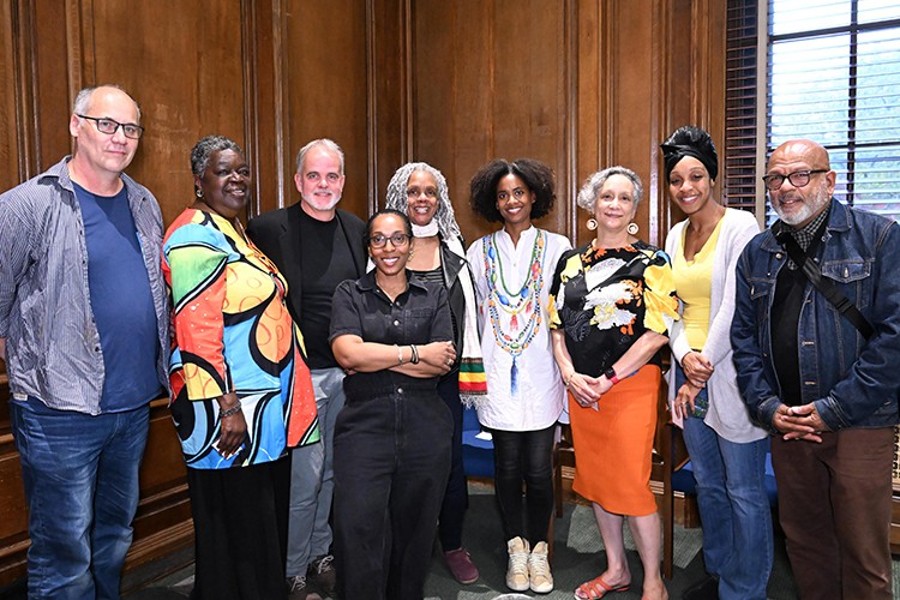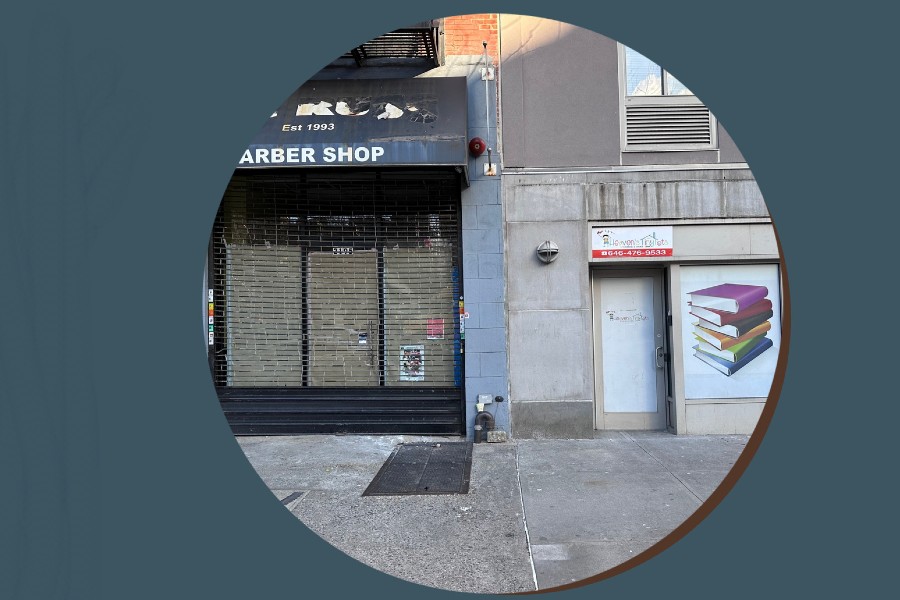 We love this photo of a Judaica-Jewish Bar Mitzvah boy in one of the many photographic studios in East Harlem, NY, 1920’s.
We love this photo of a Judaica-Jewish Bar Mitzvah boy in one of the many photographic studios in East Harlem, NY, 1920’s.
During the American Civil War, Harlem saw draft riots, along with the rest of the city, but the neighborhood was a significant beneficiary of the economic boom that followed the end of the war, starting in 1868. The neighborhood continued to serve as a refuge for New Yorkers, but increasingly those coming north were poor and Jewish or Italian.[26] Factories, homes, churches, and retail buildings were built at great speed. The Panic of 1873 caused Harlem property values to drop 80%, and gave the City of New York the opportunity to annex the troubled community as far north as 155th Street.
Recovery came soon, and row houses (as distinct from the previous generation’s free-standing houses) were being constructed in large numbers by 1876. Development accelerated in part in anticipation of elevated railroads, which were extended to Harlem in 1880. With the construction of the “els,” urbanized development occurred very rapidly. Developers anticipated that the planned Lexington Avenue subway would ease transportation to lower Manhattan. Fearing that new housing regulations would be enacted in 1901, they rushed to complete as many new buildings as possible before these came into force. Early entrepreneurs had grandiose schemes for Harlem: Polo was played at the original Polo Grounds, later to become home of the New York Giants baseball team. Oscar Hammerstein I opened the Harlem Opera House on East 125th Street in 1889. By 1893, even row houses did not suffice to meet the growing population, and large-scale apartment buildings were the norm. In that year, Harlem Monthly Magazine wrote that “it is evident to the most superficial observer that the centre of fashion, wealth, culture, and intelligence, must, in the near future, be found in the ancient and honorable village of Harlem.”
However, also in that year, the construction glut and a delay in the building of the subway led to a fall in real estate prices which attracted immigrant Eastern Europe Jews and Italians to Harlem in accelerating numbers. There had been a Jewish community of 12 in Harlem in 1869 that grew to a peak of almost 200,000 in about 1915. Presaging their resistance to the arrival of blacks, existing landowners tried to stop Jews from moving into the neighborhood. At least one rental sign declared “Keine Juden und Keine Hunde” (No Jews and no dogs). Italians began to arrive in Harlem only a few years after the Jews did. By 1900 there were 150,000 Italians in Harlem. Both groups moved particularly into East Harlem.
The Jewish population of Harlem embraced the City College of New York, which moved to Harlem in 1907. In the years after the move, 90% of the school’s students were Jewish, and many of the school’s most distinguished graduates date from this period. Both the Jewish and Italian Mafia emerged in East Harlem and soon expanded their operations to the entire neighborhood. West 116th Street between Lenox and 8th Avenue became a vice district.The neighborhood also became a major center for more conventional entertainment, with 125th Street as a particular center for musical theater, vaudeville, and moving pictures.
The Jewish presence in Harlem was ephemeral, and by 1930, only 5,000 Jews remained. As they left, their apartments in East Harlem were increasingly filled by Puerto Ricans, who were arriving in large numbers by 1913. Italian Harlem lasted longer, and traces of the community lasted into the 1970s in the area around Pleasant Avenue.
Taken at the Jay Cohen Studio at 1849 Third Ave. N.Y. Bet. 102 – 103 Street Sin Eats Harlem.
Become a Harlem Insider!
By submitting this form, you are consenting to receive marketing emails from: Harlem World Magazine, 2521 1/2 west 42nd street, Los Angeles, CA, 90008, https://www.harlemworldmagazine.com. You can revoke your consent to receive emails at any time by using the SafeUnsubscribe® link, found at the bottom of every email. Emails are serviced by Constant Contact








